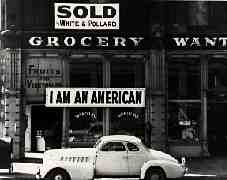
From the National Japanese American Historical Society.
Smithsonian Institution, A More Perfect Union, ©1995.

Photo by Dorothea Lange.
The Library of Congress, Dorothea Lange, ©1995.
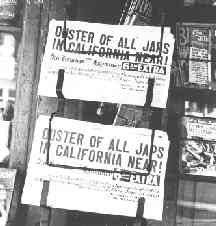
National Archives.
Yoshiko Uchida, Desert Exile, University of Washington Press, Seattle and London, ©1982.
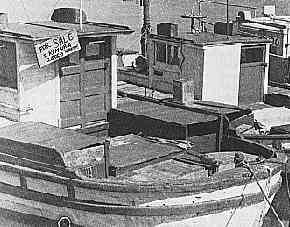
Photo by Dorothea Lange. From Bernard K. Johnpoll.
Ed. by Roger Daniels, Sandra Taylor, and Harry Kitano; Japanese Americans, from Relocation to Redress; University of Utah Press; Salt Lake City, Utah; ©1986, p. 164.
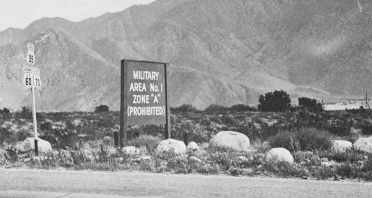
Edward Spicer, Asael Hansen, Katherine Luomala, Marvin Opler; Impounded People, Japanese-Americans in the Relocation Centers; University of Arizona Press; Tucson, Arizona; ©1969, p. 42.
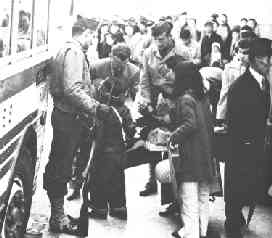
National Archives.
Yoshiko Uchida, Desert Exile, University of Washington Press, Seattle and London, 1982.
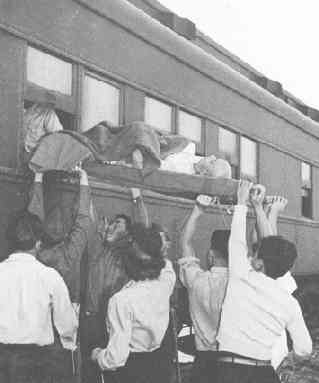
National Archives.
Michi Weglyn, Years of Infamy, Morrow Quill Paperbacks, New York, ©1976, p. 8.
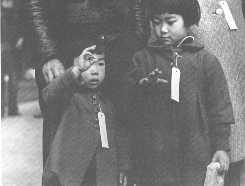
By Dorothea Lange, from Bernard K. Johnpoll.
Ed. by Roger Daniels, Sandra Taylor, and Harry Kitano; Japanese Americans, from Relocation to Redress; University of Utah Press; Salt Lake City, Utah; ©1986, p. 20.
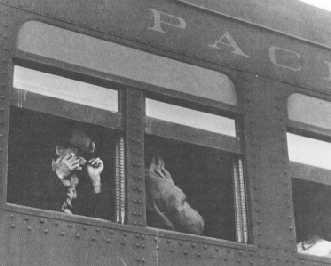
By Dorothea Lange, from Bernard K. Johnpoll.
Ed. by Roger Daniels, Sandra Taylor, and Harry Kitano; Japanese Americans, from Relocation to Redress; University of Utah Press; Salt Lake City, Utah; ©1986, p. 73.
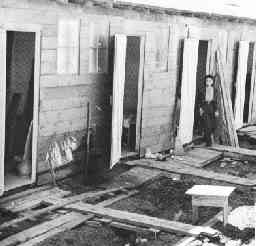
National Archives.
Yoshiko Uchida, Desert Exile, University of Washington Press, Seattle and London, 1982, p. 73.

Edited from Frank and Joanne Iritani; Ten Visits; Asian American Curriculum Project, Inc.; San Mateo, CA; ©1995.
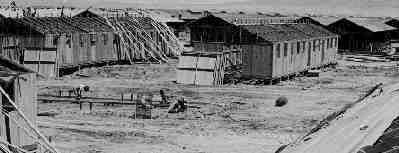
Clem Albers, April 10, 1942. From National Archives.
University of Arizona Library, WRA Exhibit -- Building the Relocation Camps, ©1995.
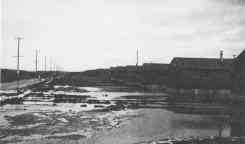
Francis Stewart, December 10, 1942. From National Archives.
Ed. by Roger Daniels, Sandra Taylor, and Harry Kitano; Japanese Americans, from Relocation to Redress; University of Utah Press; Salt Lake City, Utah; ©1986, p. 107.
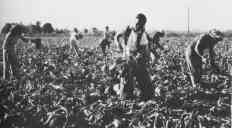
Ed. by Roger Daniels, Sandra Taylor, and Harry Kitano; Japanese Americans, from Relocation to Redress; University of Utah Press; Salt Lake City, Utah; ©1986, p. 107.
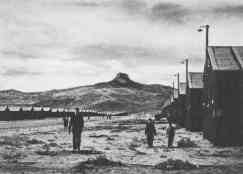
From Tom Parker, August 28, 1942, National Archives.
Ed. by Roger Daniels, Sandra Taylor, and Harry Kitano; Japanese Americans, from Relocation to Redress; University of Utah Press; Salt Lake City, Utah; ©1986, p. 34.

Scott Hopkins, Poston, ©1996.

University of Arizona Library, WRA Exhibit, ©1995.
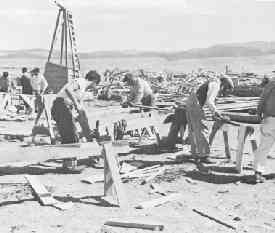
Edward Spicer, Asael Hansen, Katherine Luomala, Marvin Opler; Impounded People, Japanese-Americans in the Relocation Centers; University of Arizona Press; Tucson, Arizona; ©1969, p. 73.
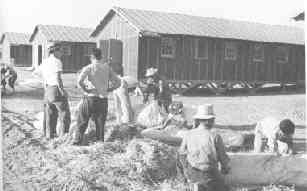
National Archives.
Michi Weglyn, Years of Infamy, Morrow Quill Paperbacks, New York, ©1976, p. 9.
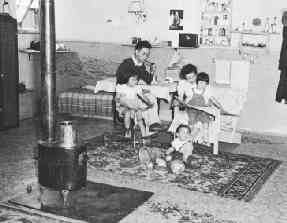
Edward Spicer, Asael Hansen, Katherine Luomala, Marvin Opler; Impounded People, Japanese-Americans in the Relocation Centers; University of Arizona Press; Tucson, Arizona; ©1969.
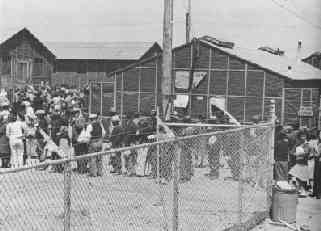
National Archives.
Yoshiko Uchida, Desert Exile, University of Washington Press, Seattle and London, 1982.
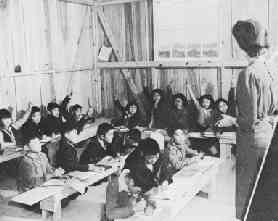
Edward Spicer, Asael Hansen, Katherine Luomala, Marvin Opler; Impounded People, Japanese-Americans in the Relocation Centers; University of Arizona Press; Tucson, Arizona; ©1969, p. 124.

University of Arizona Library, WRA Exhibit, ©1995.

Edward Spicer, Asael Hansen, Katherine Luomala, Marvin Opler; Impounded People, Japanese-Americans in the Relocation Centers; University of Arizona Press; Tucson, Arizona; ©1969, p. 206.

Dorothea Lange, July 3, 1942.
Patch American High School, Pictures of World War II, ©1995.
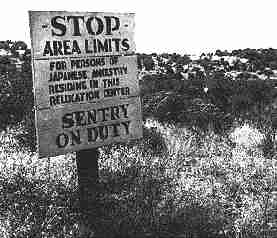
Michael Furukawa, 442ND Go for Broke, ©1996.

Smithsonian Institution, A More Perfect Union, ©1995.

Edward Spicer, Asael Hansen, Katherine Luomala, Marvin Opler; Impounded People, Japanese-Americans in the Relocation Centers; University of Arizona Press; Tucson, Arizona; ©1969, p. 137.

Michi Weglyn, Years of Infamy, Morrow Quill Paperbacks, New York, ©1976, p. 13.
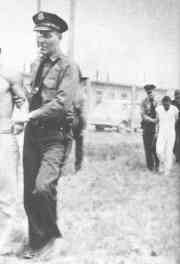
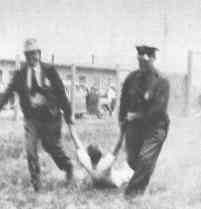
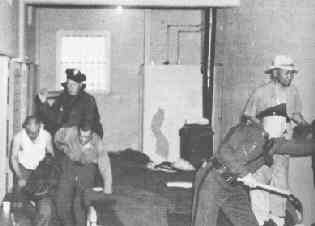
From Wayne M. Collins.
Michi Weglyn, Years of Infamy, Morrow Quill Paperbacks, New York, ©1976, p. 16.
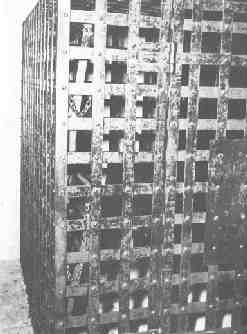
UCLA Research Library. National Archives.
Michi Weglyn, Years of Infamy, Morrow Quill Paperbacks, New York, ©1976, p. 12.

National Archives.
Michi Weglyn, Years of Infamy, Morrow Quill Paperbacks, New York, ©1976, p. 18.